Inside Anxiety: Must-Know Facts to Demystify Your Struggle
Ever felt that knot in your stomach, that relentless hum of worry that just won't quit? That's the whisper of anxiety, a feeling we all know. But when that whisper becomes a roar, transforming from fleeting unease into a persistent shadow over daily life, it's more than just stress—it's a complex mental health condition deserving our deepest understanding. Think of anxiety as an intricate puzzle; each piece we uncover brings us closer to clarity. To help illuminate this often-misunderstood experience, we've significantly expanded our exploration, now diving into 25 essential facts that peel back its layers. From recognizing its subtle (and not-so-subtle) symptoms to exploring its diverse causes and the pathways to effective treatment, this guide offers crucial insights. Prepare to see anxiety in a new light, fostering compassion and empowering you with knowledge.
1. Anxiety Defined: More Than Just Nerves

While everyday stress triggers a natural "anxiety" response – our evolutionary alarm system preparing us for action – an anxiety disorder is when this alarm misfires or gets stuck "on." It's characterized by persistent, excessive fear or worry that’s disproportionate to the situation and significantly impairs daily life. This isn't a fleeting feeling but a recognized medical condition where the brain’s threat-detection system becomes overly sensitive or hyperactive, turning adaptive apprehension into a chronic, debilitating state. Understanding this distinction is the first step toward seeking appropriate help and fostering compassion for those affected.
2. Prevalence of Anxiety: A Silent Global Epidemic

Anxiety disorders aren't a rare affliction; they are astonishingly common, impacting hundreds of millions globally, making them the most prevalent mental health concern worldwide. This widespread nature doesn't diminish their seriousness but rather underscores the urgent need for awareness, accessible treatment, and destigmatization. Factors like increased societal pressures, economic uncertainties, and even the digital age contribute to these rising numbers. Recognizing its prevalence helps us understand that if you struggle with anxiety, you are far from alone, and support systems are increasingly vital in our modern world.
3. Types of Anxiety Disorders: A Spectrum of Experience

Anxiety isn't a monolith; it manifests in diverse forms. Generalized Anxiety Disorder (GAD) involves chronic, pervasive worry about various aspects of life. Panic Disorder features sudden, intense surges of terror (panic attacks). Social Anxiety Disorder creates debilitating fear in social situations. Specific Phobias involve an irrational fear of particular objects or situations (like heights or spiders). Obsessive-Compulsive Disorder (OCD) and Post-Traumatic Stress Disorder (PTSD) also have strong anxiety components. Understanding these distinctions is crucial because each type may require a tailored approach to treatment for the most effective relief and management.
4. Symptoms of Anxiety: The Mind-Body Connection in Overdrive
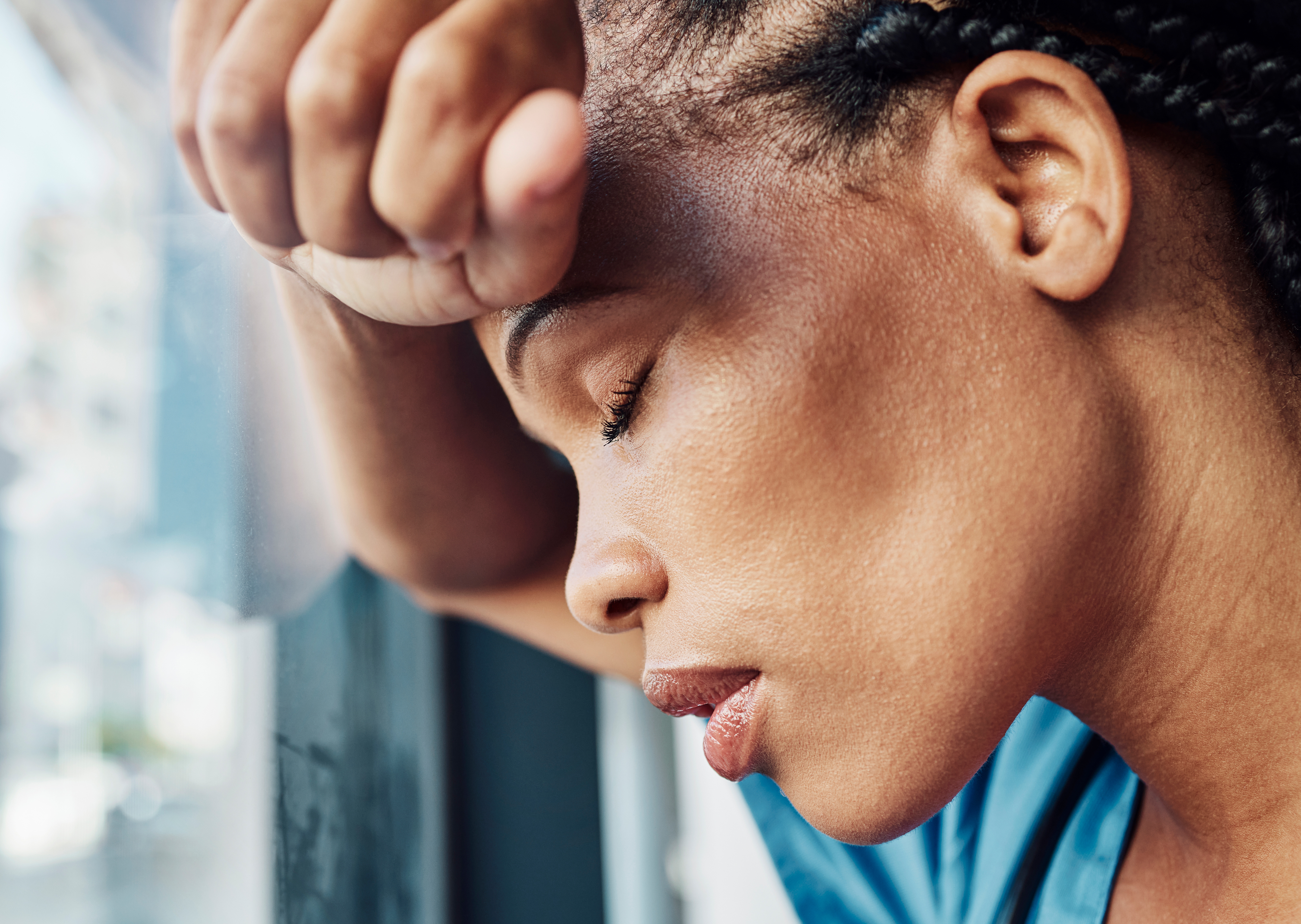
Anxiety doesn't just live in the mind; it commandeers the body. Symptoms often form a distressing triad: cognitive (racing thoughts, difficulty concentrating, constant worry), physical (pounding heart, shortness of breath, muscle tension, digestive issues, fatigue), and behavioral (avoidance of feared situations, restlessness, irritability, sleep problems). This mind-body interplay can create a vicious cycle, where physical sensations intensify anxious thoughts, and vice-versa. Recognizing this wide array of symptoms is key to understanding the full impact of anxiety and the importance of holistic treatment approaches that address both mind and body.
5. Causes of Anxiety: The Biopsychosocial Puzzle

No single trigger causes anxiety disorders; rather, they typically arise from a complex interplay of biological, psychological, and social factors—the "biopsychosocial model." Biologically, this includes genetics and brain chemistry imbalances. Psychologically, learned thought patterns, personality traits like perfectionism or neuroticism, and past traumas play a significant role. Socially, stressors like financial hardship, relationship conflicts, major life changes, or even societal pressures can contribute. Understanding this multifaceted origin helps explain why treatment often needs to be equally comprehensive, addressing various contributing factors for lasting relief.
6. Anxiety and Genetics: A Predisposition, Not Destiny

While you can't inherit an anxiety disorder like eye color, genetics do play a significant role by creating a predisposition. Think of it as having a genetic "volume knob" for your stress response system that might be set a bit higher if anxiety runs in your family. Specific genes influencing neurotransmitter regulation (like serotonin) or brain regions involved in fear processing (like the amygdala) can make individuals more vulnerable. However, genes are not destiny; environmental factors and learned coping mechanisms significantly influence whether this genetic vulnerability actually manifests as a disorder.
7. Anxiety and Brain Chemistry: The Neurotransmitter Tango

Your brain's intricate chemistry is central to anxiety. Neurotransmitters, the chemical messengers that transmit signals between nerve cells, are key players. An imbalance in serotonin (often linked to mood and well-being), GABA (gamma-aminobutyric acid, which has a calming effect), and norepinephrine (involved in the "fight-or-flight" response) can disrupt how your brain processes threats and manages stress. Medications for anxiety often work by helping to restore balance to these systems, for instance, by increasing the availability of serotonin or enhancing the effects of GABA, thereby reducing anxiety symptoms.
8. Anxiety and Personality: Traits That Can Amplify Worry

Certain personality traits don't cause anxiety disorders directly, but they can create a fertile ground for anxiety to take root and flourish. Individuals with high neuroticism (a tendency towards negative emotions), perfectionism (setting impossibly high standards and fearing failure), or those who are naturally more timid or shy may be more susceptible. Similarly, a strong need for control or a low tolerance for uncertainty can fuel anxious thought patterns. These traits can influence how someone perceives and reacts to stressors, making them more likely to develop chronic worry or avoidance behaviors characteristic of anxiety disorders.
9. Anxiety and Life Events: When Stress Overwhelms Coping

Significant life events, especially those involving trauma, loss, or prolonged high stress, can be powerful triggers for anxiety disorders. Traumatic experiences like abuse, accidents, or combat can lead to PTSD. Chronic stressors such as job loss, financial instability, serious illness, or relationship breakdown can erode coping resources and sensitize the nervous system, leading to GAD or panic disorder. Even seemingly positive events like moving or starting a new job can be stressful enough to trigger anxiety in vulnerable individuals. The brain learns from these experiences, sometimes overgeneralizing threats and keeping the alarm system on high alert.
10. Anxiety and Co-occurring Disorders: The Unfortunate Companionship
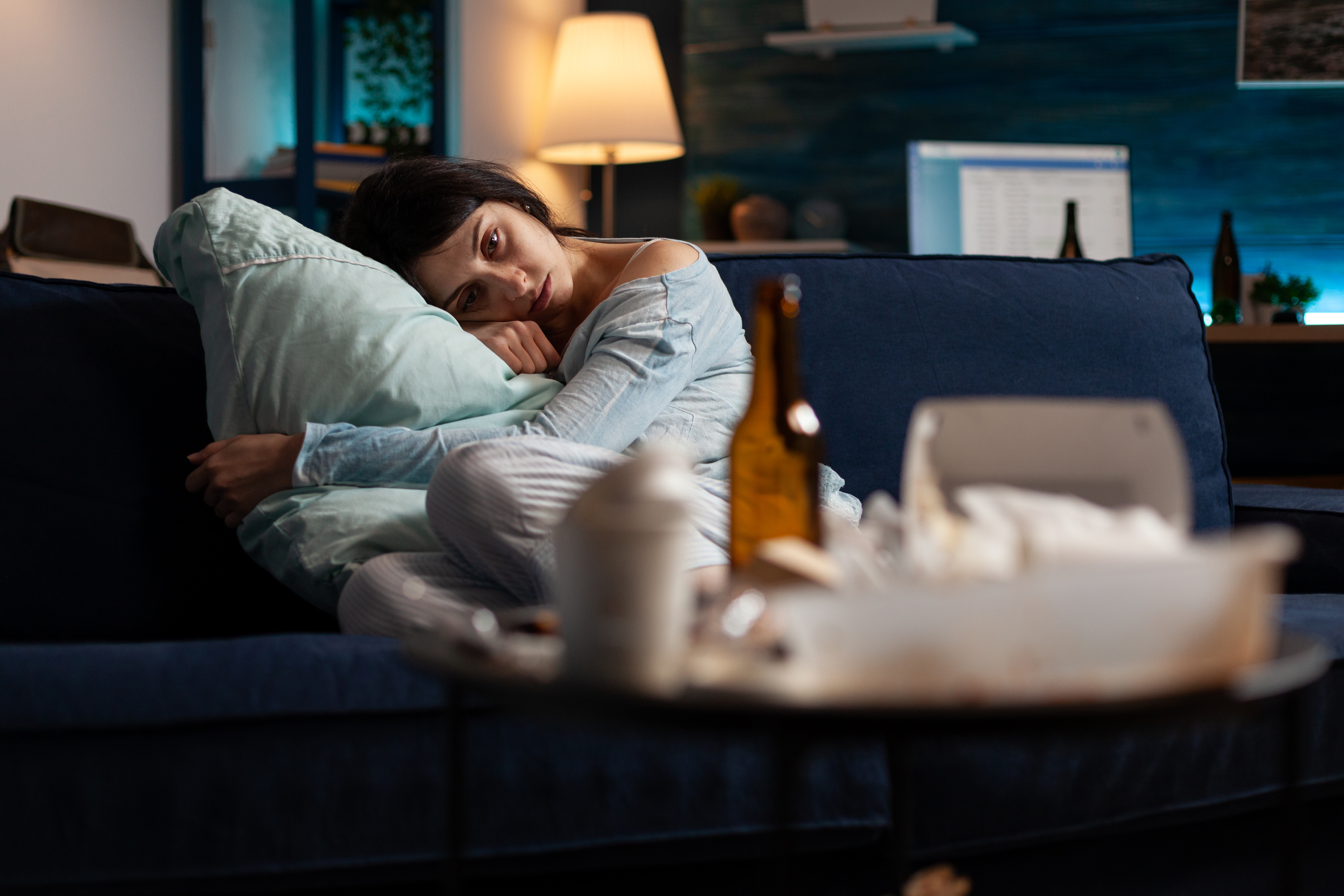
Anxiety rarely travels alone. It frequently co-occurs with other mental health conditions, most commonly depression. This comorbidity can create a complex clinical picture, as symptoms often overlap and can exacerbate each other – anxiety can lead to hopelessness, and depression can fuel worry. Substance use disorders also commonly co-occur, as individuals may use alcohol or drugs to self-medicate anxiety symptoms, leading to a dangerous cycle. Eating disorders and ADHD are other conditions often linked with anxiety. Effective treatment requires addressing all co-occurring conditions simultaneously for the best outcomes.
11. Diagnosing Anxiety: Beyond Just Feeling Anxious

A formal diagnosis of an anxiety disorder is crucial and goes far beyond simply feeling anxious. Healthcare professionals conduct a comprehensive evaluation, including a detailed discussion of symptoms, their duration, and their impact on daily functioning. They use standardized diagnostic criteria (like those in the DSM-5) to differentiate between normal anxiety and a clinical disorder, and to identify the specific type of anxiety disorder. Medical tests may be performed to rule out physical conditions (like thyroid problems or heart issues) that can mimic anxiety symptoms, ensuring an accurate diagnosis guides appropriate treatment.
12. Treating Anxiety: A Holistic Toolkit for Relief
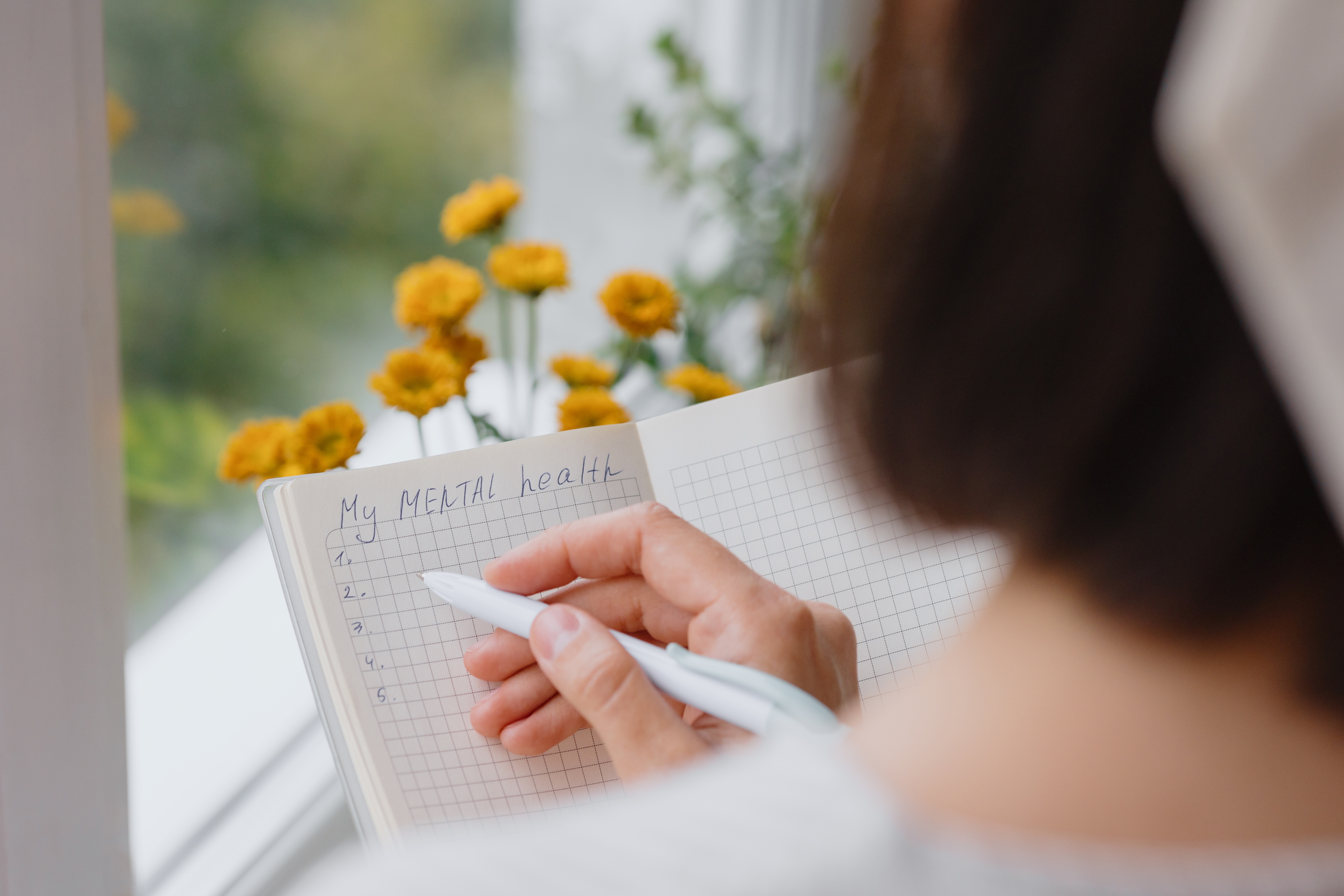
Effective anxiety treatment is rarely a one-size-fits-all approach. Often, the most successful strategy involves a combination of therapies. Psychotherapy, particularly Cognitive Behavioral Therapy (CBT), helps individuals change negative thought patterns and behaviors. Medications, such as SSRIs or anti-anxiety drugs, can help regulate brain chemistry. Crucially, lifestyle modifications—including regular exercise, a balanced diet, sufficient sleep, stress-management techniques like mindfulness, and reducing caffeine/alcohol intake—form a powerful supportive pillar. This holistic toolkit empowers individuals to manage symptoms and reclaim their well-being from multiple angles.
13. The Power of Therapy: Rewiring Anxious Thoughts with CBT
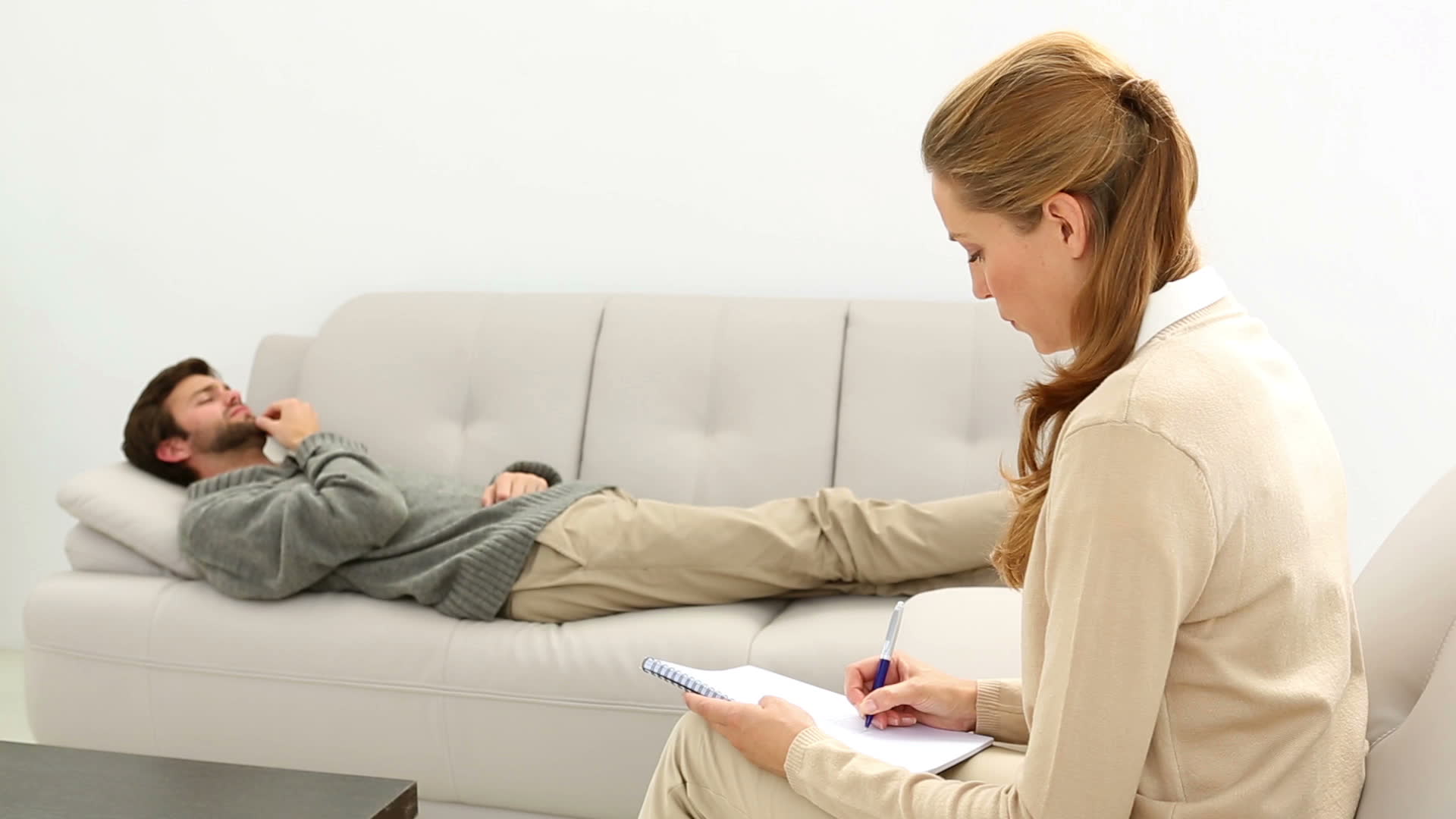
Therapy, especially Cognitive Behavioral Therapy (CBT), is a cornerstone of effective anxiety treatment, empowering individuals to become their own anxiety detectives. CBT works by helping you identify, challenge, and reframe the unhelpful thought patterns (cognitive distortions) and maladaptive behaviors that fuel anxiety. For example, it teaches you to question catastrophic thinking ("What if the worst happens?") and gradually face feared situations (exposure therapy) in a safe way. This process helps "rewire" the brain’s response to triggers, reducing fear and building coping skills for long-term relief, often without medication.
14. Medications for Anxiety: Tools for Chemical Rebalancing

When anxiety significantly disrupts life, medications can be a valuable tool to help rebalance brain chemistry. Selective Serotonin Reuptake Inhibitors (SSRIs) and Serotonin-Norepinephrine Reuptake Inhibitors (SNRIs) are common first-line antidepressants that also effectively treat chronic anxiety by increasing the availability of key neurotransmitters. Benzodiazepines (like Xanax or Valium) offer rapid relief for acute anxiety or panic but are typically for short-term use due to dependence risks. Beta-blockers can help manage physical symptoms like a racing heart. The right medication depends on the specific anxiety type and individual needs, always best determined with a doctor.
15. Coping Strategies & Support: Your Daily Anxiety Management Plan

Beyond professional treatment, daily coping strategies are vital. Mindfulness meditation and deep breathing exercises (like diaphragmatic breathing) activate the body's relaxation response (parasympathetic nervous system), countering the fight-or-flight stress reaction. Progressive muscle relaxation releases physical tension. Crucially, a strong support network—understanding friends, family, or support groups—provides validation and reduces isolation. These tools, consistently practiced, build resilience and offer immediate ways to manage anxiety spikes, empowering you to navigate daily stressors more effectively.
16. The Gut-Brain Axis: Your Second Brain's Impact on Anxiety

Emerging science reveals a mind-boggling connection: your gut health profoundly influences your anxiety levels. The gut and brain are in constant communication via the "gut-brain axis," involving nerves, hormones, and the immune system. An imbalance in your gut microbiome (the trillions of bacteria living in your intestines) can send stress signals to the brain, potentially increasing anxiety and altering mood. Conversely, chronic stress and anxiety can negatively impact gut health. This highlights why dietary changes, probiotics, and stress reduction techniques focusing on gut well-being can be surprisingly effective components of an anxiety management plan.
17. Anxiety Is Not Weakness: Debunking a Harmful Myth

It's crucial to understand that experiencing an anxiety disorder is not a sign of personal weakness, a character flaw, or a lack of willpower. It's a legitimate medical condition, rooted in a complex interplay of genetics, brain chemistry, and life experiences, just like diabetes or asthma. Thinking you should "just snap out of it" is not only unhelpful but also perpetuates stigma. Recognizing anxiety as a genuine health issue allows for self-compassion, encourages seeking professional help without shame, and fosters a more supportive environment for those navigating its challenges.
18. "Productive Worry" vs. Problematic Anxiety: Knowing the Difference

Not all worry is bad. "Productive worry" can be adaptive, motivating us to plan, prepare, and solve problems effectively (e.g., worrying about an exam might lead to more studying). However, anxiety disorders often involve "unproductive worry"—excessive, uncontrollable, and focused on improbable or unfixable concerns, leading to distress rather than solutions. Learning to differentiate between these can be empowering. If worry helps you take constructive action, it might be useful. If it paralyzes you, consumes your thoughts, and detracts from life, it’s likely crossed into problematic anxiety requiring different coping strategies.
19. The Vicious Cycle of Sleep Deprivation and Anxiety
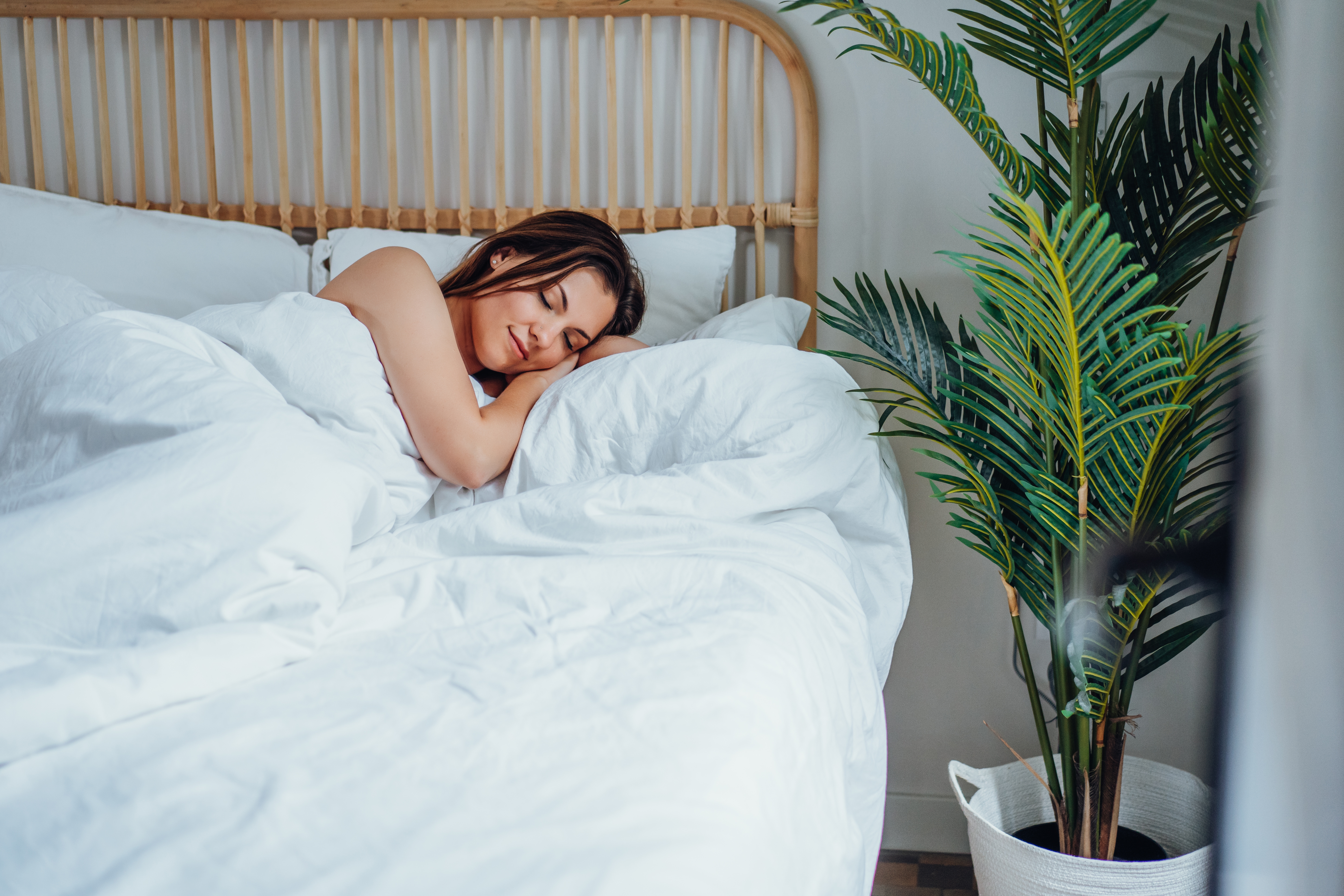
Sleep and anxiety are intricately linked in a bidirectional, often vicious, cycle. Anxiety frequently makes it difficult to fall asleep or stay asleep due to racing thoughts and physical tension. Conversely, sleep deprivation itself can significantly exacerbate anxiety symptoms, increasing emotional reactivity, impairing cognitive function, and making it harder to cope with stressors. Prioritizing good sleep hygiene—consistent schedules, a relaxing bedtime routine, a dark and cool room—is therefore not just good for overall health, but a vital, often overlooked, strategy in managing and reducing anxiety levels.
20. Exercise: A Natural and Potent Anxiety Antidote

Regular physical activity is one ofthe most powerful yet underutilized natural antidotes for anxiety. Exercise helps by burning off excess adrenaline and cortisol (stress hormones), releasing endorphins (natural mood boosters), and reducing muscle tension. Aerobic exercise, like brisk walking, running, or swimming, can be particularly effective. Beyond the immediate stress relief, consistent exercise can also improve sleep quality, boost self-esteem, and even promote the growth of new brain cells in regions involved in mood regulation, offering long-term resilience against anxiety.
21. Social Media & Tech: Anxiety's Double-Edged Sword

In our hyper-connected world, technology and social media present a complex paradox for anxiety. On one hand, they can foster connection, provide access to support communities, and offer helpful mental health apps. On the other, constant comparison, fear of missing out (FOMO), cyberbullying, and the pressure for online perfection can significantly fuel anxiety, especially in younger individuals. Mindful usage—setting boundaries, curating feeds positively, taking digital detoxes, and prioritizing real-world interactions—is key to harnessing tech's benefits while mitigating its potential to exacerbate anxious thoughts and feelings.
22. Anxiety in Children & Teens: Unique Signs and Early Support

Anxiety doesn't just affect adults; it's increasingly prevalent in children and adolescents, though it can manifest differently. Younger children might show anxiety through clinginess, irritability, stomach aches, or sleep problems rather than explicitly stating worries. Teens might exhibit social withdrawal, academic decline, or perfectionism. Recognizing these unique signs and understanding that developing brains process stress differently is crucial. Early intervention, including supportive parenting, school counseling, and age-appropriate therapy, can make a profound difference, equipping young people with coping skills before anxiety becomes deeply entrenched.
23. The Primal "Fight-Flight-Freeze" Response in Modern Anxiety

At its core, many anxiety symptoms stem from an overactive "fight-flight-freeze" response – our ancient survival mechanism designed for immediate physical threats. When your brain perceives danger (even if it's a social situation or a worrisome thought), it floods your body with adrenaline and cortisol, preparing you to confront, escape, or play dead. In modern anxiety disorders, this system becomes triggered too easily or stays activated too long, leading to palpitations, rapid breathing, and intense fear even without a genuine physical danger. Understanding this primal basis can help demystify anxiety’s powerful physical grip.
24. Neuroplasticity: Your Brain's Power to Rewire from Anxiety

One of the most hopeful facts about anxiety is the brain's remarkable neuroplasticity—its ability to change and reorganize itself throughout life by forming new neural connections. This means that anxious thought patterns and responses, though they may feel deeply ingrained, are not fixed. Therapeutic approaches like CBT, consistent mindfulness practice, and even new positive experiences can help "rewire" these pathways. With effort and the right strategies, your brain can learn new, less anxious ways of responding to triggers, offering a genuine path towards lasting change and recovery.
25. Self-Compassion: Your Essential Ally in Managing Anxiety
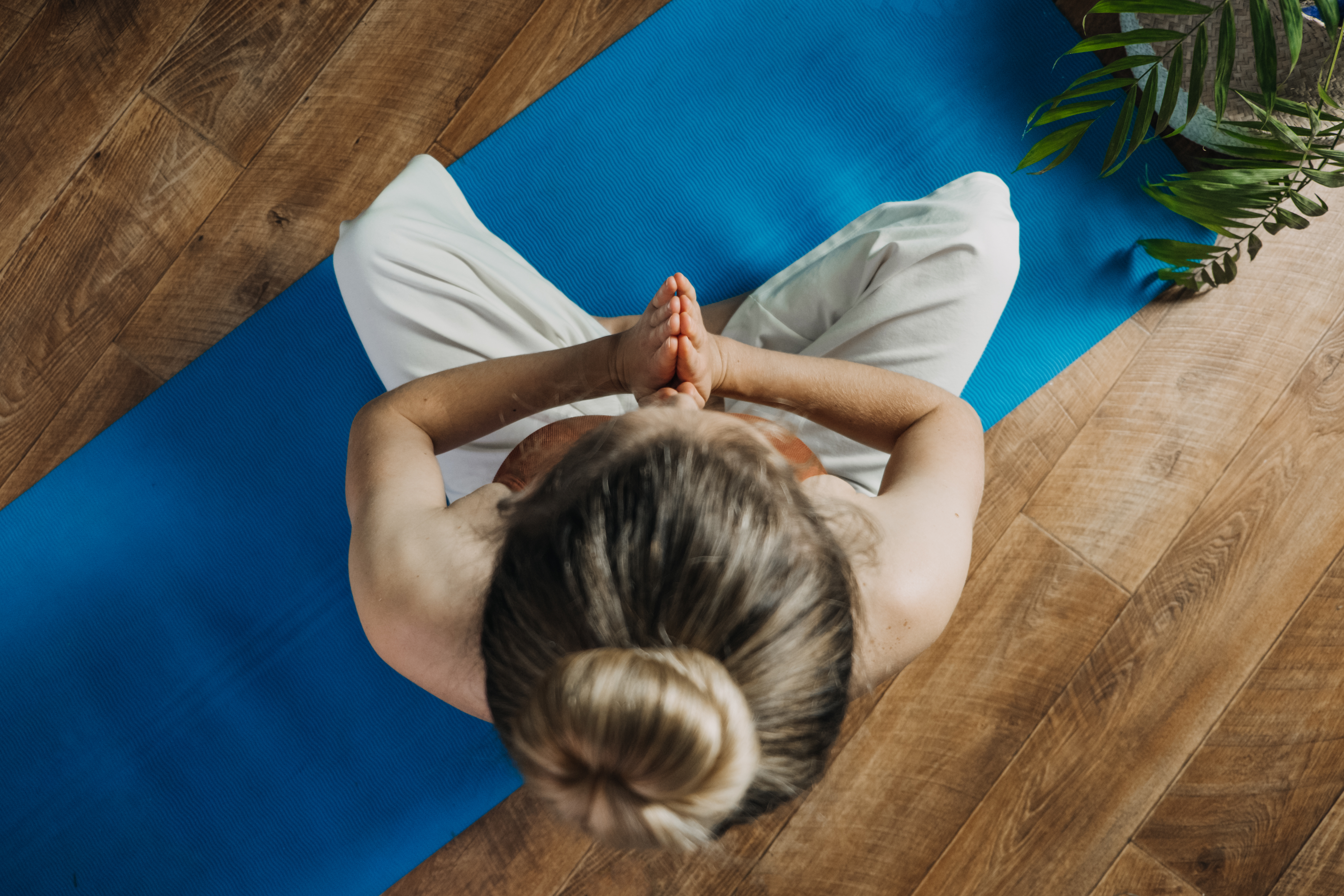
Often overlooked, practicing self-compassion is an incredibly powerful tool in navigating anxiety. This involves treating yourself with the same kindness, understanding, and support you would offer a good friend who is struggling. Instead of self-criticism for feeling anxious ("Why can't I just stop worrying?"), self-compassion encourages acknowledging your pain without judgment and recognizing that suffering is a shared human experience. This gentle approach reduces the secondary distress caused by self-blame, making it easier to cope with anxious feelings and engage in helpful strategies.
Illuminating Anxiety: Pathways to Understanding & Well-being

As we've peeled back the layers on these 25 essential facts, the intricate nature of anxiety—from its biological roots and diverse manifestations to the profound impact it has on daily life—becomes clearer. Understanding anxiety is not just an academic exercise; it's a vital step towards fostering empathy, dismantling stigma, and empowering ourselves and others. Recognizing that anxiety is a treatable condition, influenced by a symphony of factors, opens doors to effective strategies, therapeutic interventions, and compassionate self-care. May these insights illuminate your path, whether you're navigating your own experience or supporting a loved one. Knowledge, coupled with compassion and action, truly holds the power to transform our relationship with anxiety and cultivate lasting well-being.